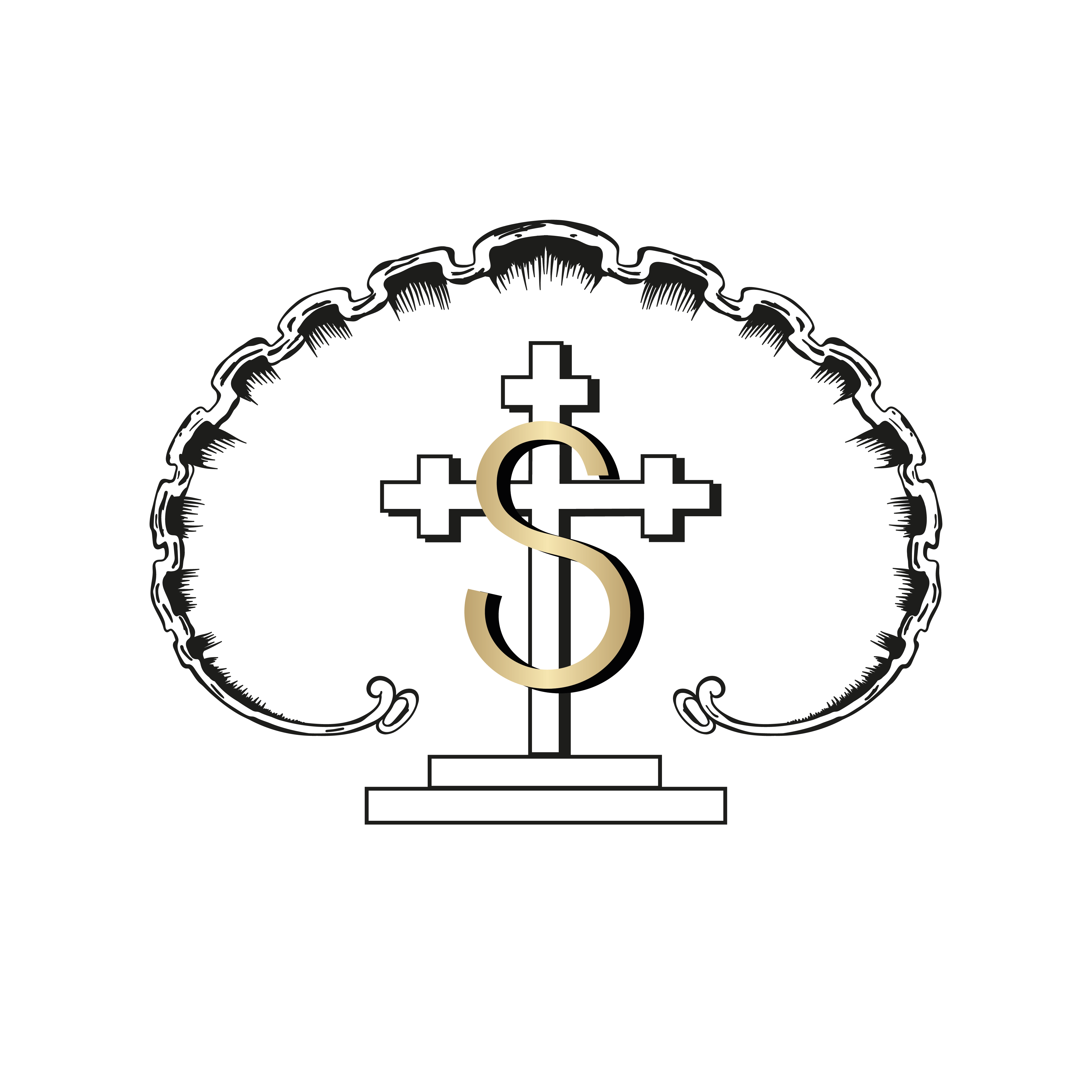Jefferson’s pecan tree at Château Carbonnieux
In the spring of 1787, Thomas Jefferson, the American ambassador to France at the time travelled for three months around the south and the west of the country and in the north of Italy. His stay in Bordeaux from May 24 until May 28 was a particularly important part of the trip.
He visited the most prestigious Châteaux in the Médoc and Graves regions including Château Carbonnieux at the time owned by the Sainte-Croix Benedictine monks.
Today in the Château park there stands a pecan tree over 30 metres high and with a circumference of 4.50 metres ; an historic monument. Its age, 225 years is said to correspond to Thomas Jefferson’s visit.
The Château owners have always referred to this tree as Jefferson’s pecan tree.
Even if its size confirms its great age, the subject deserves to be researched in Jefferson’s papers since the Château archives have disappeared.
During the French Revolution, the domain was confiscated as state property and sold again in 1791; after this it had several different owners.
At the request of Jane Manaster, the author of a general study of the pecan tree “PECANS” published in 1994 and reprinted by Texas Tech University Press in 2008, Juliegh Muirhead Clark, a librarian at the Colonial Williamsburg Foundation conducted extensive research on the whole period of Thomas Jefferson’s stay in France from the spring of 1784 to the autumn of 1789 in an attempt to establish a link to the pecan tree at Château Carbonnieux.
Thomas Jefferson’s travel diary deals exclusively with his observations about agricultural economics particularly with viticulture and wine of which he was a great lover.
However his correspondence for the years 1785 to 1787 contains letters to several of his friends, notably to James Madison who succeeded him as President in 1808 asking to be sent from 100 to 200 or 300 batches of pecan nuts, “as fresh as possible in boxes with sand”.
Thomas Jefferson, a disciple of agrarian doctrine, and himself an agronomist was in contact with botanists whose names have gone down in history; Buffon, Duhamel du Monceau and Chrétien Guillaume de Lamoignon de Malesherbes, a statesman who supported the publication of Diderot and Alembert’s encyclopedia and who died on the scaffold, as a result of his courage in the defense of King Louis XVI.
Jefferson acquired samples of North American fauna for their collections and seeds, in particular, oak, maple and pecan nut. In a letter of May 1786, Monsieur de Malesherbes thanked him for supplying a batch of pecan nuts , specifying that in his opinion the pecan tree is “one of the most interesting American trees to be naturalized in Europe and should be planted in the Southern French provinces and in Italy because those that were planted 15 years earlier at his home ( in Malesherbes near Paris ) didn’t suffer any damage from the extremely harsh winters but had not yet borne fruit”.
It was surprising that having asked for the nuts to be sent in 1786, Jefferson did not take them with him on his trip , to acclimatise the species to the Southern regions that he was going to visit and as Monsieur de Malesherbes had suggested.
The tree itself, the Château Carbonnieux pecan tree, in its majestic silence also bears witness because of its size, to this paternity.
The comparison to another pecan tree in the public garden in Bordeaux, planted after 1856, shows an average rate of annual growth practically the same for both trees, planted in the same region and in comparable conditions.
27 pecan trees have been identified in parks and public gardens in France. The one at Château Carbonnieux and the one in Bordeaux are the oldest and biggest.
The consistency of the dates, the correspondence, the size of the tree, the comparison with the one in the public garden in Bordeaux all connect the Château Carbonnieux pecan tree to Jefferson’s visit and show that it is not for nothing that it is called “Jefferson’s pecan tree”.
Tree admirers should not miss the opportunity, while in Bordeaux, to go and greet this venerable witness and enjoy a visit to one of the most prestigious wine-making domains in the region.
Bordeaux March 19 2013
Original text by Professor Bernard Dalisson


